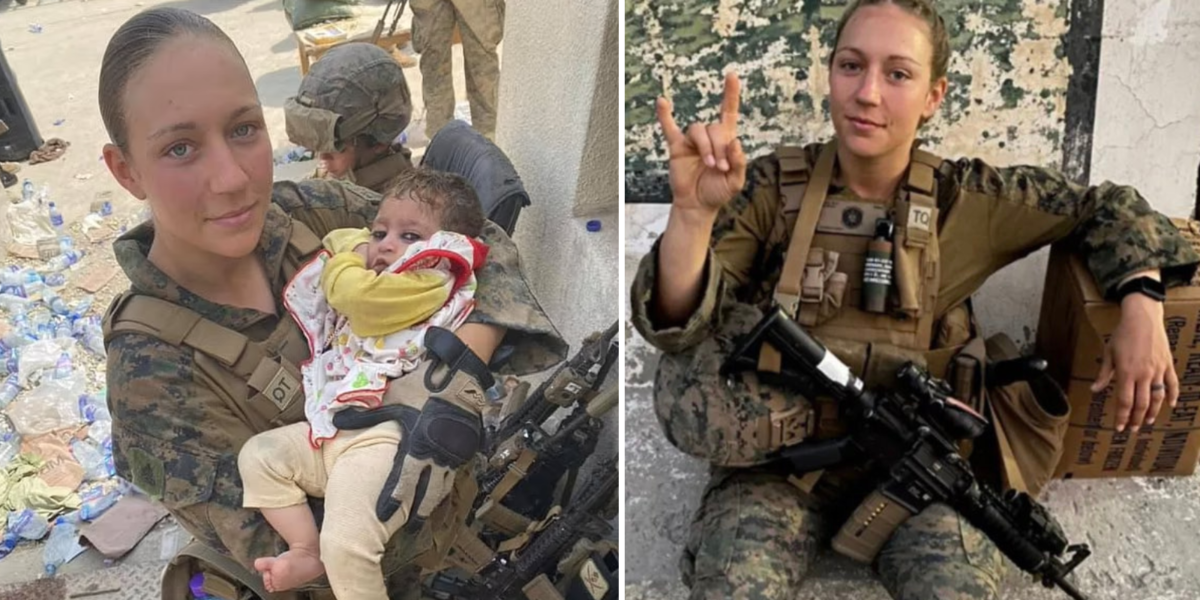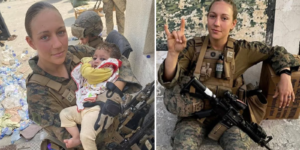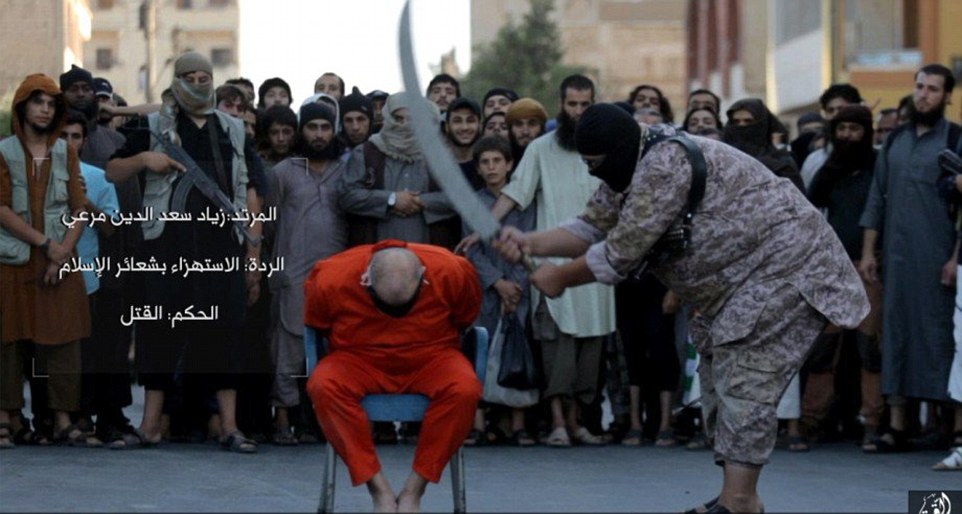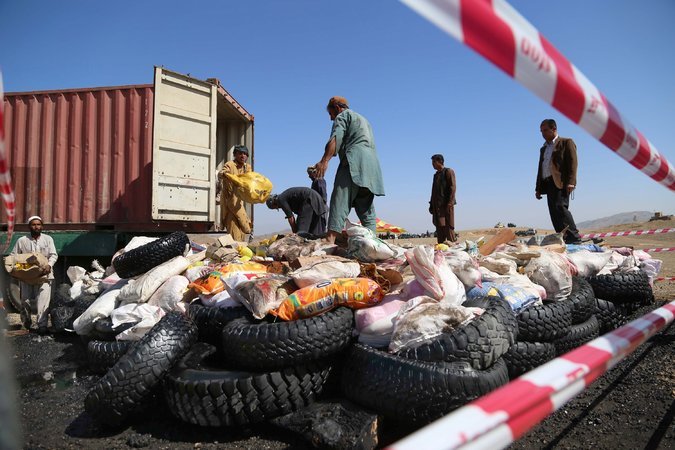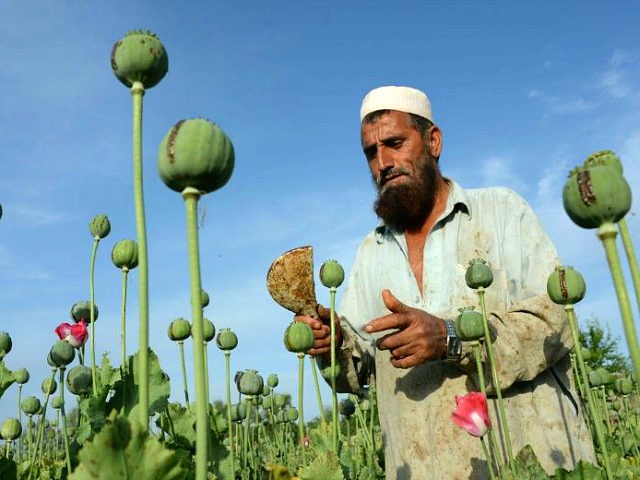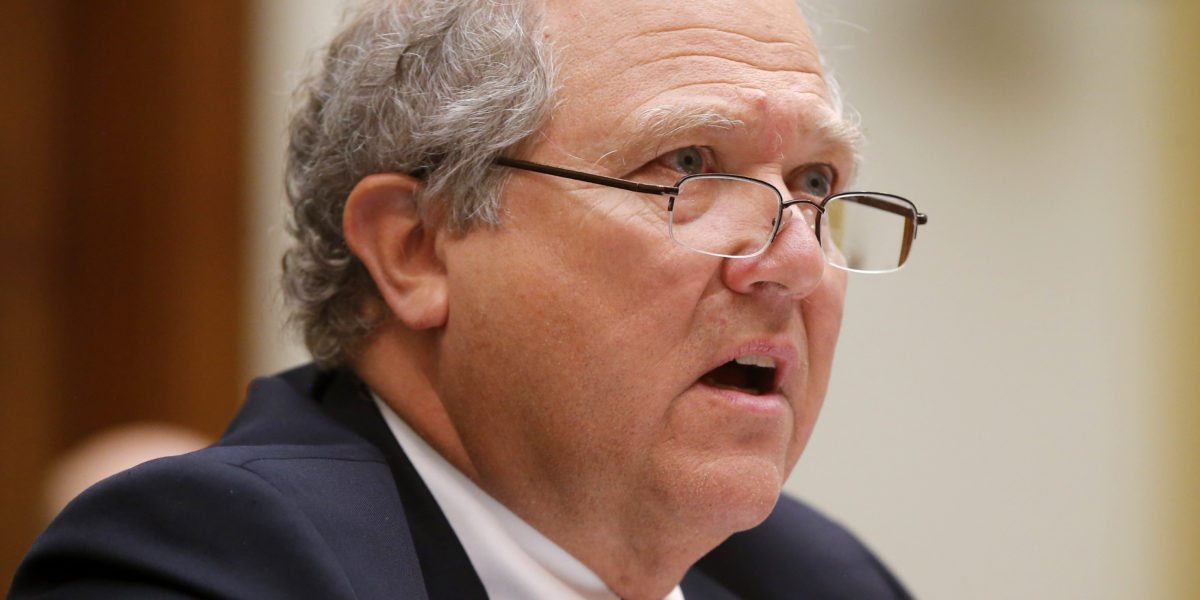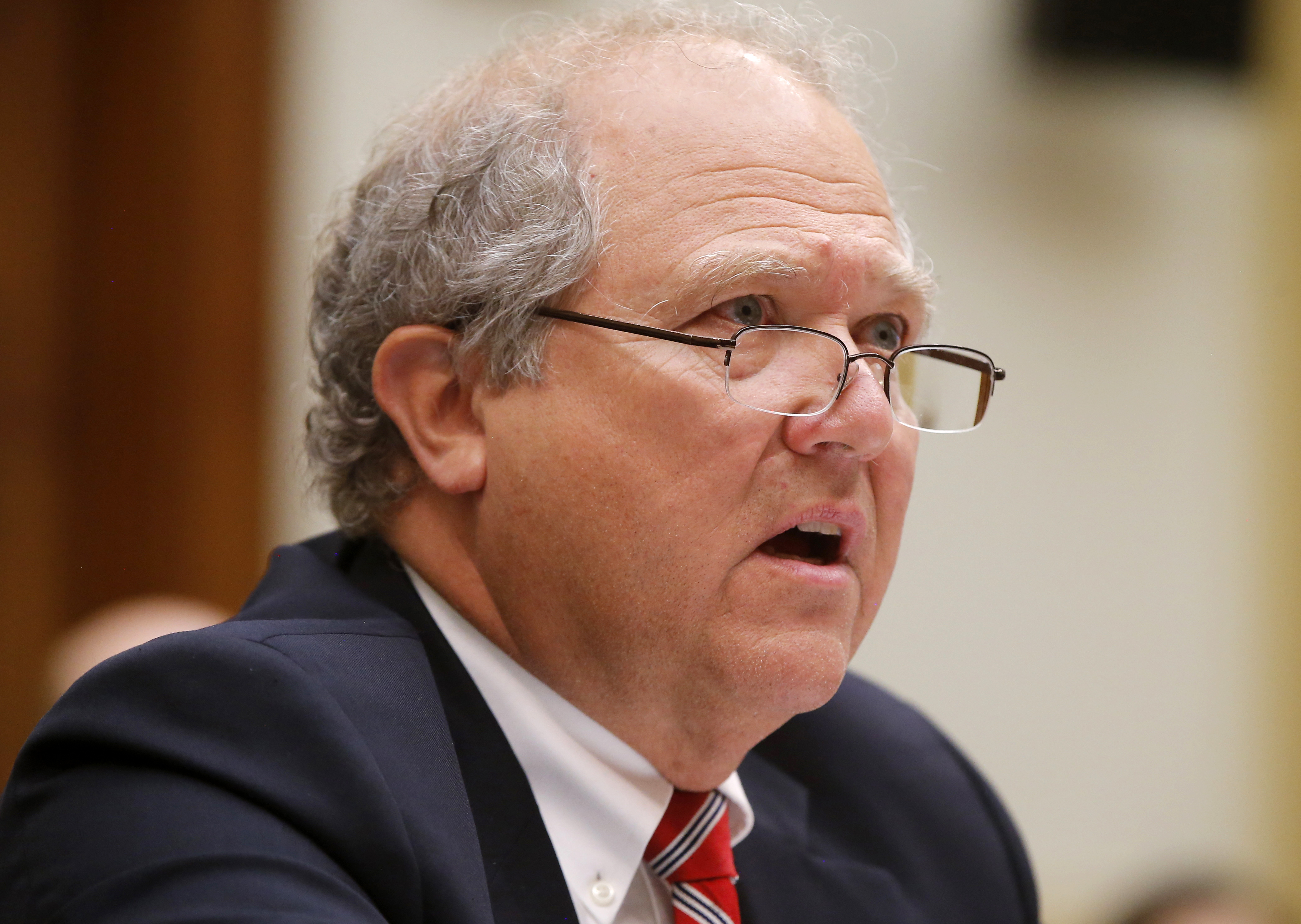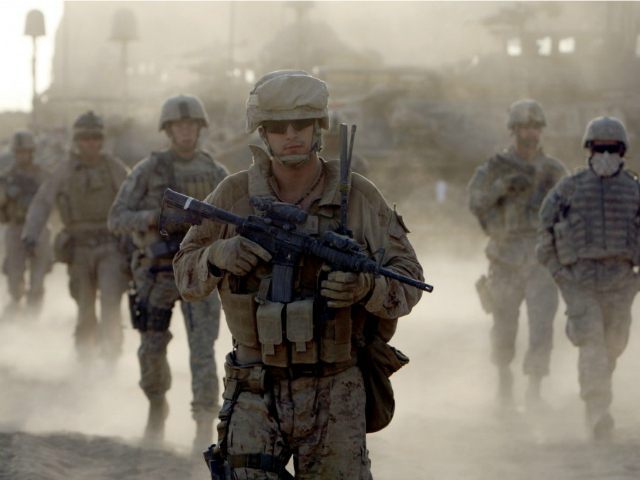Biden admin forces family of soldier killed in Afghanistan withdrawal to pay $60,000 to transport her body to Arlington National Cemetery
The family of a female Marine who was killed during the disasterous withdrawal from Afghanistan in 2021 was forced to pay $60,000 to have her body flown from California to Arlington to be buried.
Nicole Gee, 23, was one of 13 service members who were killed during a suicide blast at the Kabul Airport in 2021, per Daily Mail. There were also 170 Afghans reportedly killed in the attack that ISIS took responsibility for.
The attack took place on August 26, during an evacuation attempt near the US embassy.
Cory Mills, a Republican lawmaker and Army veteran, reportedly met with the families of the 13 service members who were lost in the attack. He was told one of the families was forced to pay $60,000 to have the body of a loved one moved to be buried.
Honoring Our Fallen, a non-profit that helps families of fallen American service members, covered the cost of having Gee’s body transported.
Her body was initially transported to her hometown of Roseville, California for a ceremony, but her family was then told they were financially responsible for moving her body to Arlington, which would be her final resting place, per the report.
Mills’ office noted that the defense department was allowed to decline to pay for the transportation of Gee’s body due to last year’s change to the National Defense Authorization Act, according to Fox News.
The change notes that the secretary of defense may provide a fallen soldier’s family “a commercial air travel use waiver for the transportation of deceased remains of [a] military member who dies inside a theater of combat operations.”
Mills said: “Typically, our fallen heroes are flown back home for a solemn service and then laid to a final rest at Arlington Cemetery with the utmost respect and honor.”
“It is an egregious injustice that grieving families were burdened to shoulder the financial strain of honoring their loved ones.”
